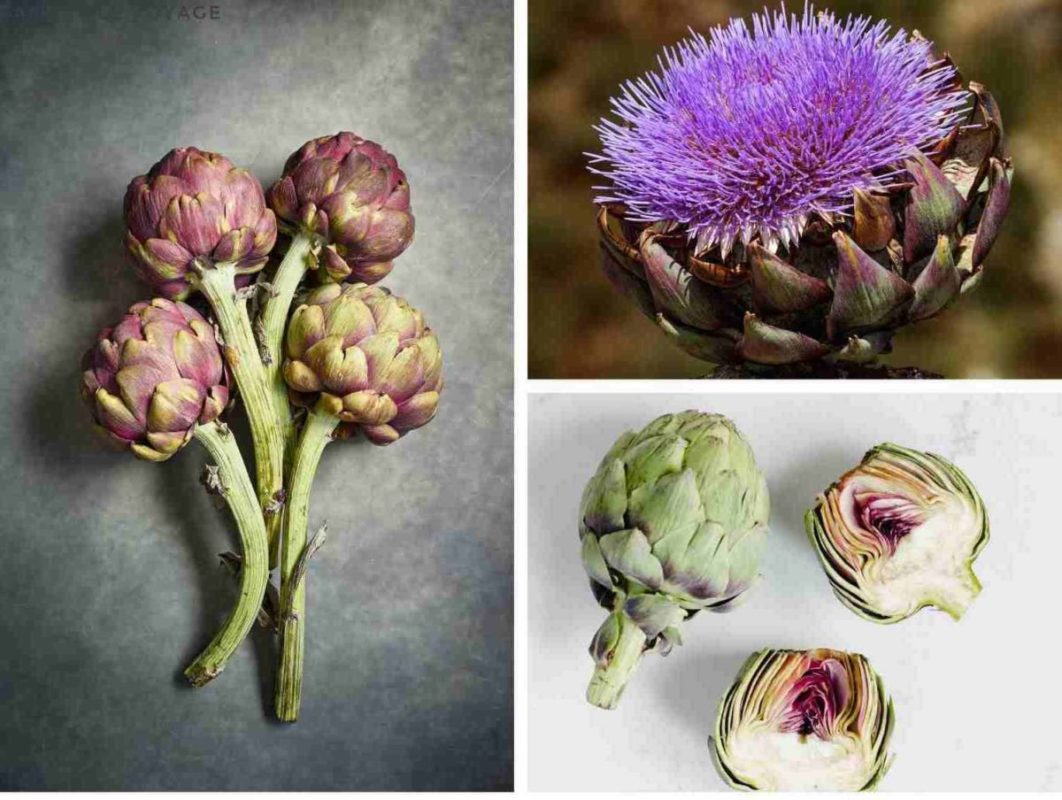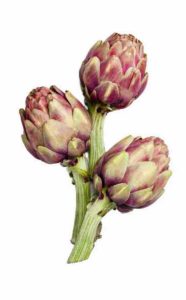
Artichoke
Artichoke cooking Use benefits
 Learn more about Artichoke cooking Use benefits . Artichoke is from the sunflower family , part of a flowering thistle cardoon called artichoke thistle .
Learn more about Artichoke cooking Use benefits . Artichoke is from the sunflower family , part of a flowering thistle cardoon called artichoke thistle .
History of artichoke (Myth)
According to Greek myth, the artichoke owes its existence to the Greek God Zeus who—on a visit to his brother Poseidon—spotted a gorgeous girl, Cynara, bathing on the beach. He fell instantly in love, seduced her, made her a goddess, and took her back with him to Mount Olympus.
Cynara, however, lonesome and missing her mother, she sneaked to her home for a family visit.
This act infuriated Zeus he tossed Cynara from Olympus and turned her into an artichoke. The modern scientific name for artichoke — Cynara cardunculus.
The total antioxidant capacity of artichoke flower heads is one of the highest reported for vegetables. Cynarine is a chemical constituent in Cynara. The majority of the cynarine found in artichoke is located in the pulp of the leaves, though dried leaves and stems of artichoke also contain it.
Why Not try one of our Artichoke chutney and crisp recipe

Cultivation of Artichoke
Today, cultivation of the globe artichoke is concentrated in the countries bordering the Mediterranean basin. The main European producers are Italy, Spain, and France and the main American producers are Argentina, Peru and the United States. In the United States, California provides nearly 100% of the U.S. crop, with about 80% of that are grown in Monterey County; there, Castroville proclaims itself to be “The Artichoke Center of the World” and holds the annual Castroville Artichoke Festival. More recently, artichokes have been grown in South Africa in a small town called Parys, located along the Vaal River.
Artichokes can be produced from seeds or from vegetative means such as division, root cuttings, or micropropagation. Although technically perennials that normally produce the edible flower during only the second and subsequent years. Certain varieties of artichokes can be grown from seed as annuals, producing a limited harvest at the end of the first growing season. Even in regions where the plants are not normally winter-hardy. This means home gardeners in northern regions can attempt to produce a crop without the need to overwinter plants with special treatment or protection.
Cooking of Artichoke
The softer parts of artichokes are also eaten raw, one leaf at the time dipped in vinegar and olive oil, or thinly sliced and dressed with lemon and olive oil.
 Large globe artichokes are frequently prepared by removing all but 5–10 mm (0.2–0.4 in) or so of the stem. To remove thorns, which may interfere with eating, around a quarter of each scale can be cut off. To cook, the artichoke is boiled or steamed. A cooked, unseasoned artichoke has a delicate flavour.
Large globe artichokes are frequently prepared by removing all but 5–10 mm (0.2–0.4 in) or so of the stem. To remove thorns, which may interfere with eating, around a quarter of each scale can be cut off. To cook, the artichoke is boiled or steamed. A cooked, unseasoned artichoke has a delicate flavour.
Leaves are often removed one at a time, and the fleshy base eaten, with vinaigrette, hollandaise, vinegar, butter, mayonnaise, aioli, lemon juice, or other sauces.
The fibrous upper part of each leaf is usually discarded. The heart is eaten when the inedible choke has been peeled away from the base and discarded.
Artichokes can also be made into a herbal tea. “Artichoke tea” is produced as a commercial product in the Da Lat region of Vietnam. An artichoke-based herbal tea called Ceai de Anghinare is made in Romania.
Submit Your Review
[yasr_visitor_multiset setid=2]
